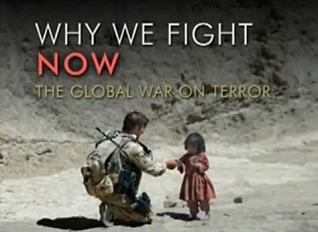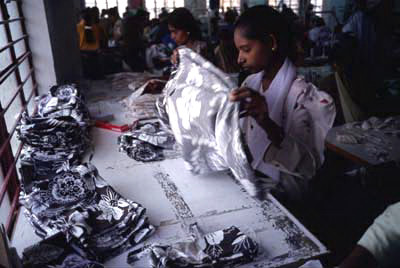The charge of the media brigade

Pentagon media propaganda: Green Beret handing a piece
of food to a child in Afghanistan.
"The Pentagon, says the Associated Press, spends $4.7 billion on public relations: that is, winning the hearts and minds not of recalcitrant Afghan tribesmen but of Americans. This is known as “information dominance” and PR people are “information warriors”."
The TV anchorwoman was conducting a split screen interview with a journalist who had volunteered to be a witness at the execution of a man on death row in Utah for 25 years. “He had a choice,” said the journalist, “lethal injection or firing squad.” “Wow!” said the anchorwoman. Cue a blizzard of commercials for fast food, teeth whitener, stomach stapling, the new Cadillac. This was followed by the war in Afghanistan presented by a correspondent sweating in a flak jacket. “Hey, it’s hot,” he said on the split screen. “Take care,” said the anchorwoman. “Coming up” was a reality show in which the camera watched a man serving solitary confinement in a prison’s “hell hole”.
The next morning I arrived at the Pentagon for an interview with one of President Obama’s senior war-making officials. There was a long walk along shiny corridors hung with pictures of generals and admirals festooned in ribbons. The interview room was purpose-built. It was blue and arctic cold, and windowless and featureless except for a flag and two chairs: props to create the illusion of a place of authority. The last time I was in a room like this in the Pentagon a colonel called Hum stopped my interview with another war-making official when I asked why so many innocent civilians were being killed in Iraq and Afghanistan. Then it was in the thousands; now it is more than a million. “Stop tape!” he ordered.




























